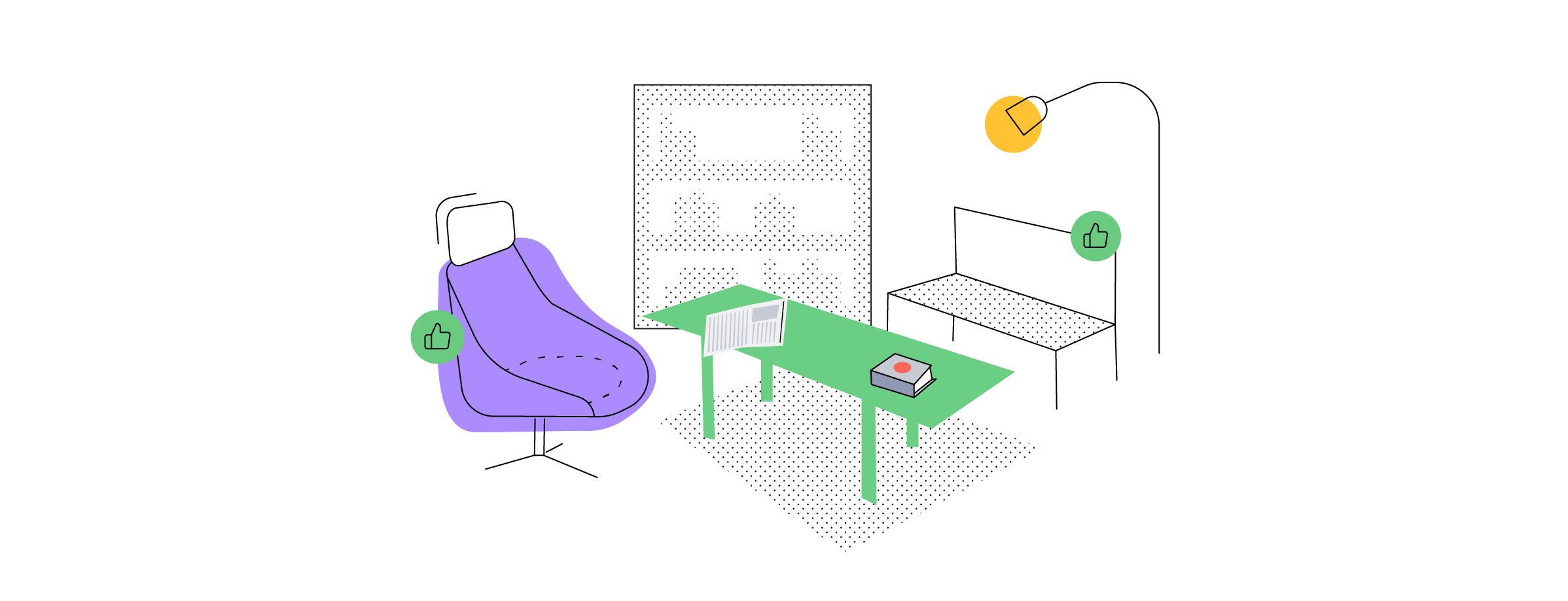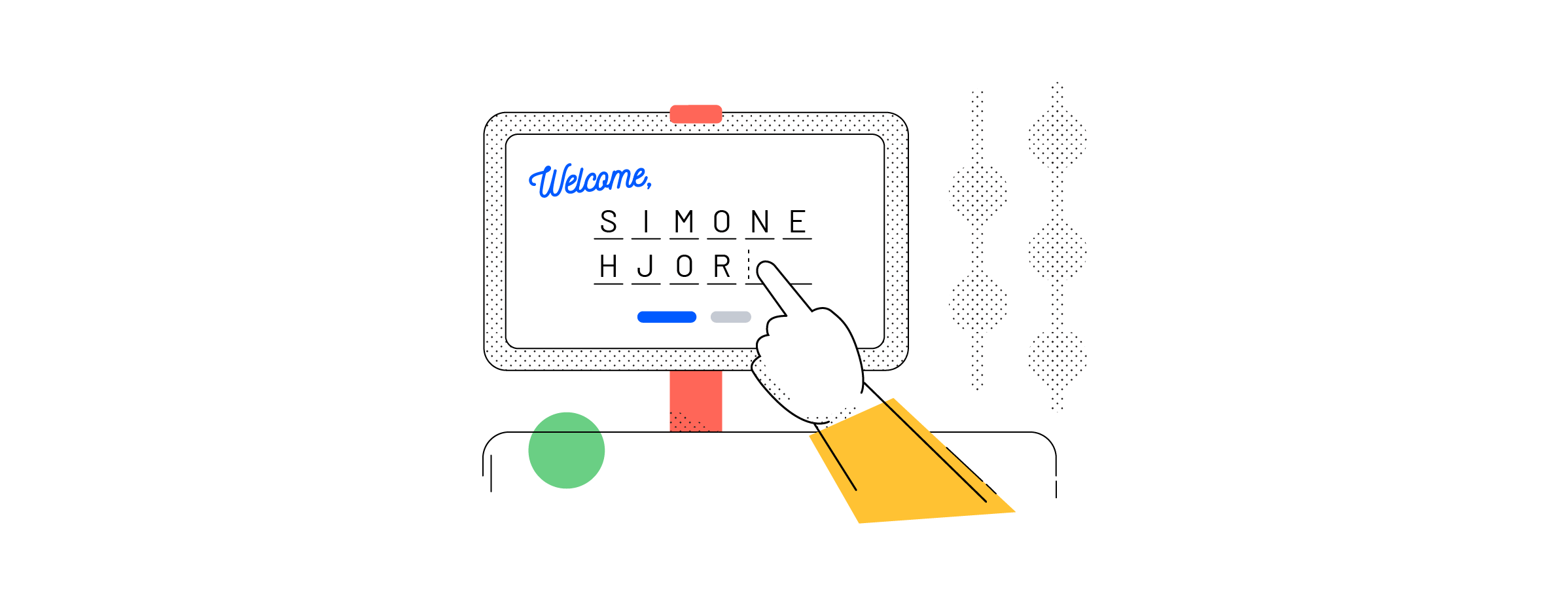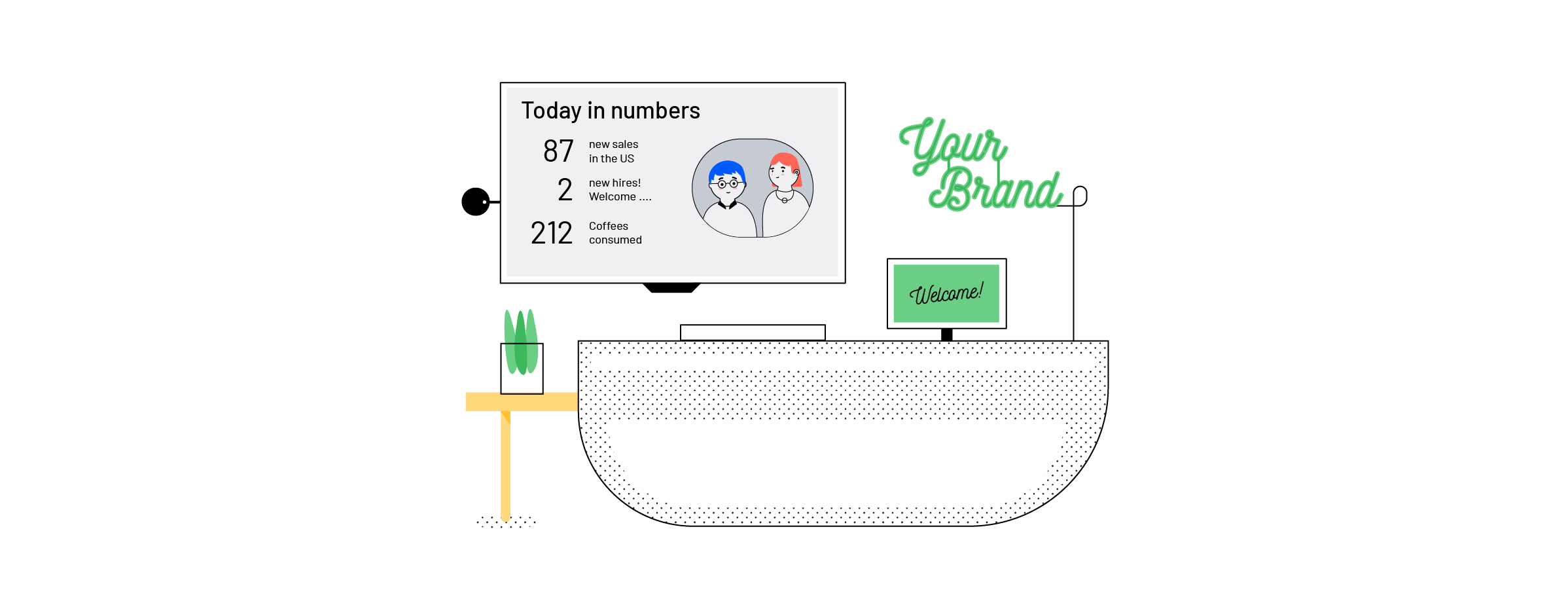We all know the reception area. But how does a well-designed one look and who actually benefits from having one? We explore the first room of any office right here

We all know the reception area. But how does a well-designed one look and who actually benefits from having one? We explore the first room of any office right here
First impressions matter. They’re virtually impossible to change and can make all the difference when trying to close a deal or recruiting top-notch candidates. That doesn’t just apply to you, your whole office design plays a significant role too.
Whether the impression is good or bad depends on you, but also the aesthetics of the reception area or lobby – the first thing your visitors will come across when they enter your workspace.
It’s the first room you encounter in any business, and that makes it a very prominent space to influence your guests. That’s why we included the reception area in this article series so you can decide for yourself whether it’s beneficial for your company (hint: it’s not necessarily for everyone).
Check out the other rooms we’ve explored previously: the all-hands room, the conference room, office pods, and the huddle room.
The reception area is the first room you enter in a workspace. It’s located by the entrance and can be either big or small. Its primary function is to greet visitors and guide them on their way to meetings, but it has many other uses besides that.
It can provide a waiting area for guests, delivery, and pick-up of parcels – besides an overview of the office. It’s the physical space that directly reflects your company’s values, which is why it’s so pertinent that you put some thought into how it looks.

A “floating receptionist” could be sufficient in mid-size companies, whereas larger companies need a full-time receptionist. Having someone dedicated to taking care of guests, packages and incoming calls frees up time from other employees and exudes a sense of order. For a smaller business, however, a sign-in kiosk and good visitor management system is more than enough.
A receptionist is often likely to double as an office manager or People Operations employee.
The reception area is accessible to many people, so video surveillance is a necessity – unlike any other space in an office, where video will most likely frustrate employees (and could be illegal).
A well-thought-out Visitor Management System (VMS) is also an excellent initiative for enhanced security if you don’t have a full-time receptionist to check on the entrance area.
What is a VMS? It’s something we see trendy in more technologically advanced businesses. Ostensibly, it can be anything as basic as a propped up tablet device that allows guests to check-in to the office and obtains a visitor pass if necessary, while notifying the associated employee that their guest(s) have arrived.

The reception area is the first thing in-person experience for any guest, and it reflects the way you run your business. Every office is messy, but your reception area should never be.
Don’t use the reception area as a holding area for trash, food deliveries or stacked packages. Keep it comfortable, yet elegant. Clean and tidy, yet inviting.
This is such an obvious point but nonetheless very important to remember.
Regardless of what it looks like, this area is bound to have a lot of foot traffic both from employees and visitors.
A reception area that only looks beautiful when vacant is not a properly functioning one. Allow for easy movement and put in areas to wait, sit or relax.
The reception area is not only your chance to make a positive first impression it’s also the perfect opportunity to showcase your brand identity. As this is the first glimpse of your company that visitors will get, it plays a vital role in the interaction you will have with them.
What message do you want to convey? What clients are likely to come by and what do you want them to understand about you as they enter your workspace?
Match the decor to your audience, show off your product and personality if it makes sense. If you specialize in AV gear, why not showcase it right there in the reception area?

The reception is nothing without a defined procedure for visitor management. This is something HR or the People team should factor in and define for the company. What is your approach to welcoming guests? How do you greet visitors and what do you want them to think about the business as they enter?
You need a waiting space, but not necessarily a front desk. If you have many visiting teams, make sure there’s enough room for them to gather while they wait on you. We recommend a few couches, armchairs, coffee tables, coat racks … things that feel comfortable.
People likely (hopefully!) won’t be staying long in the reception area, so consider something comfy.
If it doesn’t make sense to hire a full-time receptionist, go for a sign-in kiosk instead. A sign-in kiosk is actually a good choice no matter the size of your company because it alerts the right people and keeps track of visitor data.
Make sure the high-traffic reception area is secure, perhaps even under video surveillance. If you don’t have a receptionist stationed full-time in this space, you’re giving unwanted guests easy access to all the bling you’ve put in there.
Ample storage, the right furniture, durable floors, mats, and runner rugs all attribute to a more functional reception.
Even if you’re not keen on using your reception area as a way to communicate your brand values, there should still be something concrete about your business – so people know they are in the right place.
And, above all else, make sure it’s inviting! Don’t leave last week’s coffee cups or a pile of mail by the front door to trip over.

It’s no secret that we’re big fans of digital signage. The reception area is the perfect place to showcase signage TVs – and Airtame is a perfect multi-function device to help you deliver informative, useful or playful content to visitors.
Elsewhere in tech, the sign-in kiosks we mentioned are actually already quite common in reception areas, and they really lift the purpose of the room.
Using that, visitors feel taken care of while you get the right notifications. In a bigger company, a large display could also be used to relay relevant information such as public company news, values, recent successes, use cases – you name it.

As we’ve pointed out a few times already in this article, the reception area doesn’t make sense for companies of all shapes and sizes.
Established, larger companies that highly prioritize security and put a lot of value in an external aesthetic can benefit greatly from having a designated and well-designed reception area.
Some more experimental companies or those that advocate for a flat hierarchy might find the very concept of a reception area and receptionist old-fashioned; that it’s the responsibility of everyone in the company to carry the brand values and welcome guests when necessary.
Of course, any company with many visitors is bound to put some thought into how they greet their guests, and the reception area provides the perfect opportunity to do just that. So if you decide to have a reception area, you can watch this short video and learn how Airtame can transform your blank standby screens: